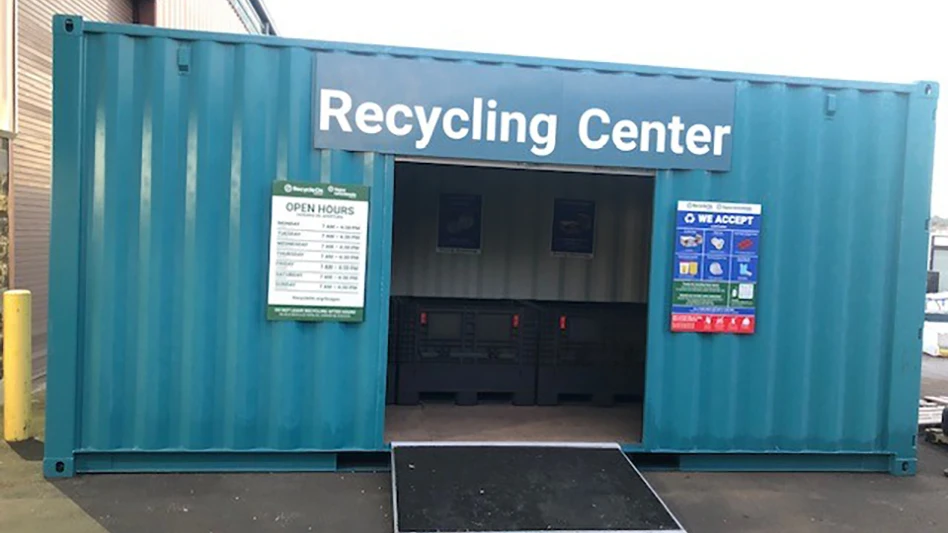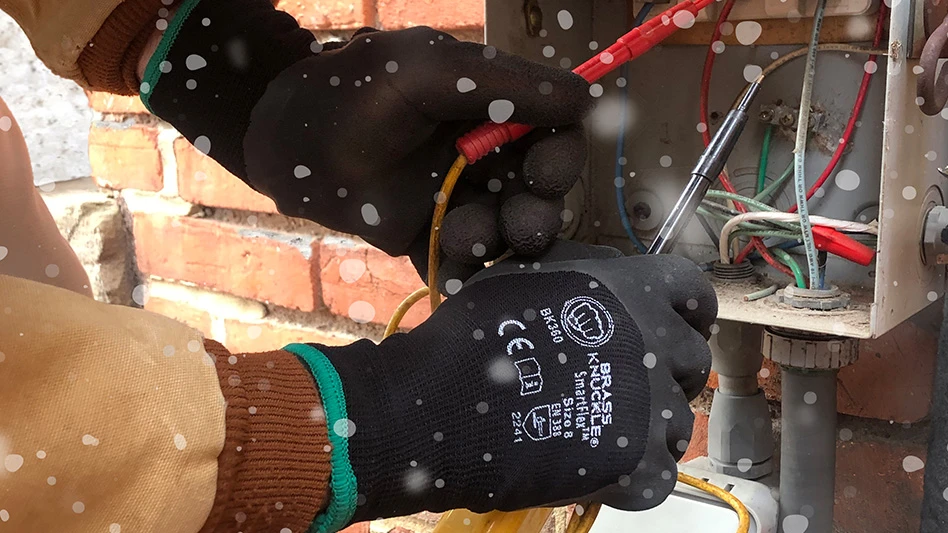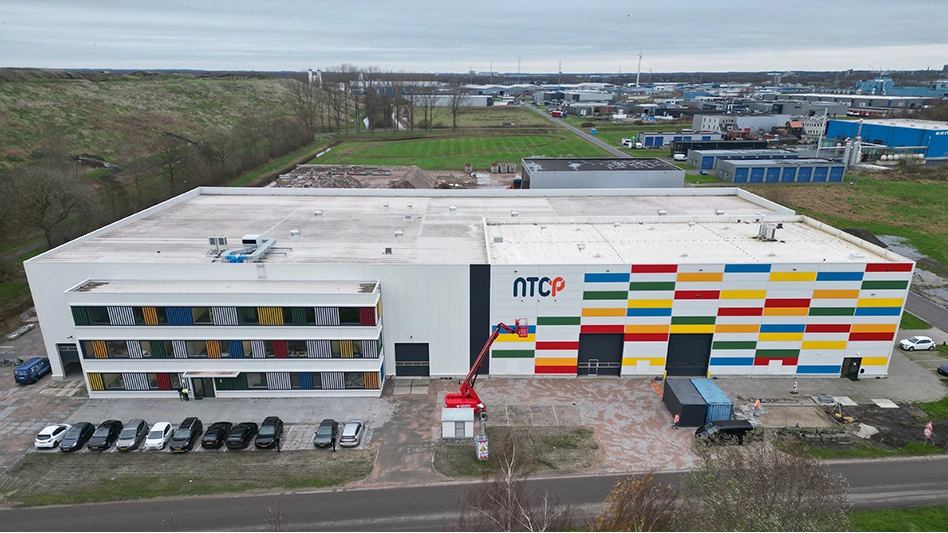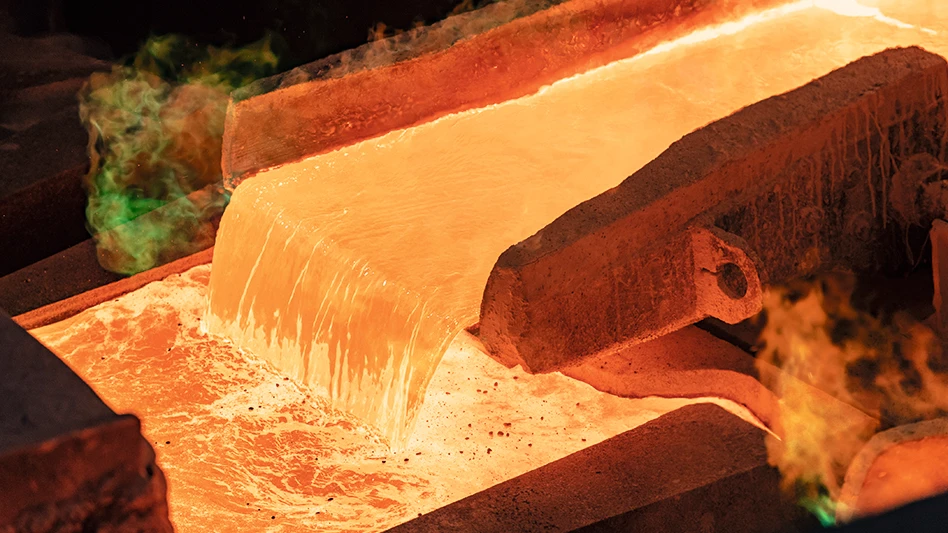
The St. Paul, Minnesota-based International Magnesium Association (IMA) has announced the findings of what it calls a comprehensive material flow analysis of magnesium in the European Union for the year 2012. The report was prepared during the first half of 2017 by United Kingdom-based research and consulting firm Oakdene Hollins on behalf of the IMA. Information was collected from industrial and academic stakeholders during the three-month study.
The main motivation for the study was the recent publication of a material flow analysis for magnesium metal as part of the European Commission’s Material System Analysis1 (MSA) of Critical Raw Materials which, in the opinion of the IMA, did not correctly interpret the available data on magnesium’s usage and end of life disposition within the European Union.
The main differences in the findings of the new IMA study compared with those reported in the MSA study are:
This study finds the figure for magnesium imports into the EU is 18 percent higher than reported in the MSA study.
The IMA study finds exports are more than double those identified in the MSA study.
Magnesium landfilled in the EU is only 30 percent of that identified in the MSA study.
The MSA study includes only obsolete scrap in its recycling figure, while this study also quantified prompt scrap.
The IMA says the nonfunctional recycling of magnesium (its use as an aggregate or in steel wool) is “an order of magnitude higher” than in the MSA study.
Instead of 9 kilotons of
The end-of-life recycling input rate (EoL-RIR, measuring the percentage of magnesium coming from scrap in the total amount of magnesium entering the EU) also was derived from the material flow analysis data. At 7 percent, the EoL-RIR of magnesium is low, lower than that of aluminum at 12 percent (global, not EU-specific). This was expected given the dispersive nature of some of
The main improvements in collection and recycling efficiencies that could increase the recycling rate of magnesium, according to IMA, are:
greater dismantling of aluminum and magnesium alloy components from ELVs—
there is an average of 4.1 kilograms (9 pounds) of magnesium in a car built in 2012, including magnesium in aluminum alloys, says IMA);- an even higher collection rate of aluminum used beverage containers
(UBCs), since the average magnesium content of UBCs is 1.6 percent; - technological advances in the automated sorting of aluminum alloy fractions after shredding;
- diverting more high magnesium-content aluminum alloys to
remelters , who generally try to retain the magnesium in their input materials, rather than by refiners, who do not; - diverting more segregated end-of-life magnesium alloys to specialist magnesium recyclers; and
- better slag use by the aluminum and steel industries.
The full report is available on the International Magnesium Association
Latest from Recycling Today
- US Steel to restart Illinois blast furnace
- AISI, Aluminum Association cite USMCA triangular trading concerns
- Nucor names new president
- DOE rare earths funding is open to recyclers
- Design for Recycling Resolution introduced
- PetStar PET recycling plant expands
- Iron Bull addresses scrap handling needs with custom hoppers
- REgroup, CP Group to build advanced MRF in Nova Scotia





